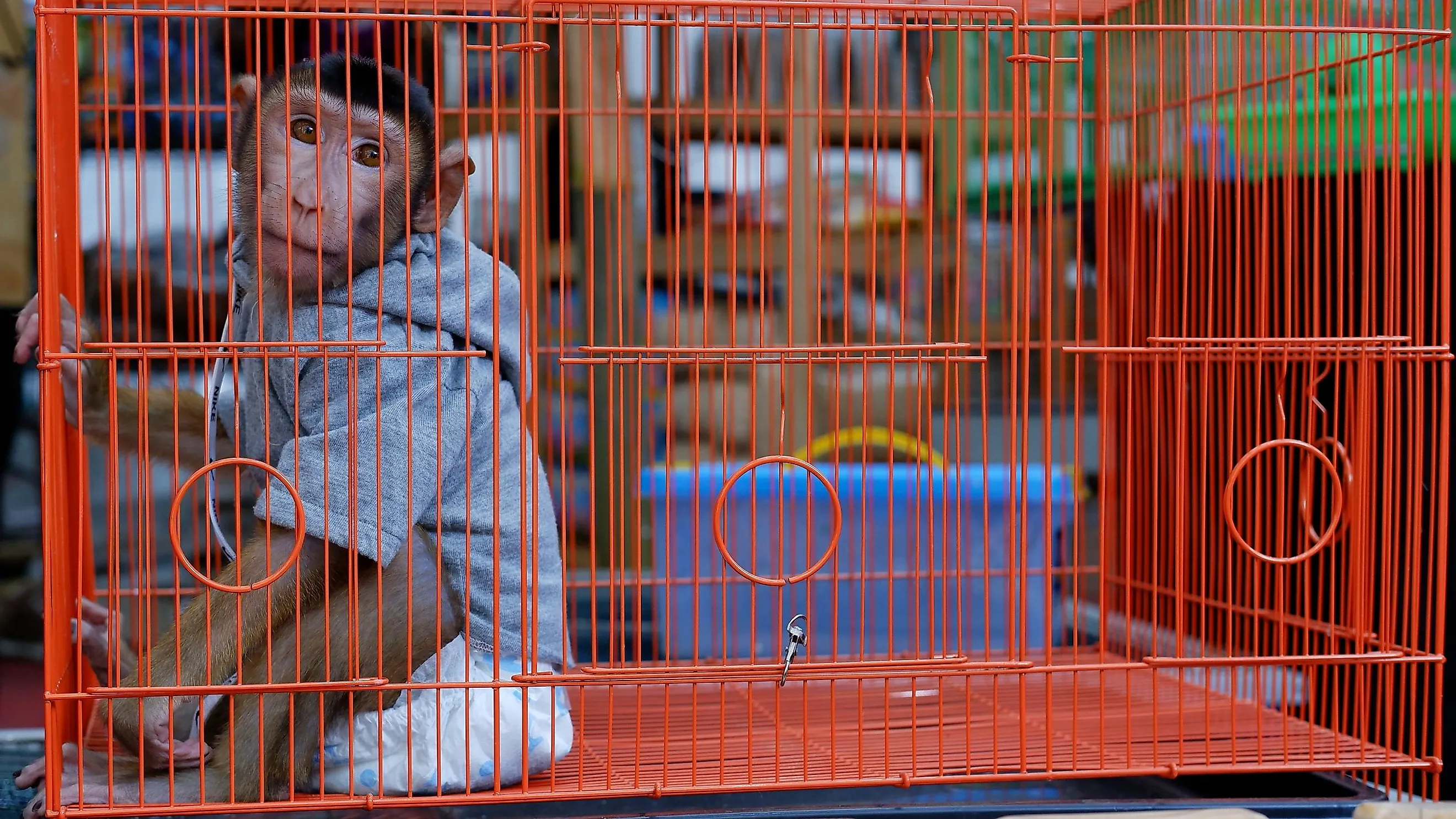
The Rising Demand For Exotic Pets Could Lead To Species Extinction And Pandemics
Have you ever fancied a tiger strutting up your driveway and into your home, a boa constrictor wrapping itself around you while you water the plants in your garden, or a sugar glider snuggling into your pocket as you go out for a walk? If owning an "exotic pet" is your ultimate desire, then think twice. The exotic pet trade is a story of misery and horror, subjecting animals to unthinkable cruelties and putting entire species' survival to the test. The exotic pet trade can also potentially claim millions of human lives by making us susceptible to zoonotic diseases with no known cure. With such gory downsides, the exotic pet trade is expected to decline. But the reality is just the opposite.
What Is An Exotic Pet?
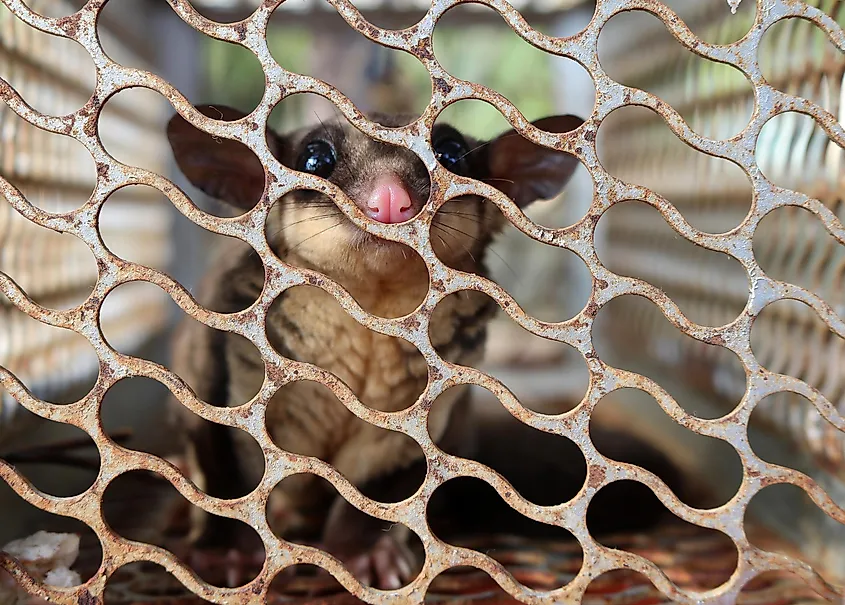
Although a stringent definition of the term is lacking, it usually exempts our "same-old" cats and dogs and explores a world of animals primarily found in the wild, and most often non-native species—for example, a tiger in an American home or a lemur in an Indian one.
"An exotic pet is a wild pet and is not domesticated. Domestication is a selective breeding process that takes place over thousands of years. Snakes, parrots, iguanas, turtles, and otters are some examples of exotic pets," Dr. Mohamed Nader, a veterinarian and illegal wildlife trade consultant from UAE, informed WorldAtlas.
The "wildness or foreignness" of the animal is what makes an "exotic pet" such a craving that one is ready to pay a hefty sum to get the desired animal home. But while the owner-to-be waits with bated breath to catch a glimpse of the chosen one, shower it with love and affection, and show it off to friends and family and on social media, a story of untold misery unfolds to deliver the desired pet to the owner's doorstep.
The Painful Journey Of An Exotic Pet
The exotic pet trade is a multi-million dollar industry spread across the globe. Animals to be sold are either caught in the wild or bred in captivity. The lack of a uniform law governing the trade on a global scale means the trade of the animal can be legal in one country and punishable in the other. Thus, with no voice of their own, a hefty price tag on them, and no concrete laws protecting them, the animals are now treated as commodities to be delivered to the customer at any cost.
The entire journey of an exotic pet from capture to transport to sale is stained with bloodshed. Cruelty reigns high as these animals are trapped, maimed, packed, stuffed, and bottled like non-living items of sale, often to avoid detection due to the shady nature of the business. The torture is too severe for many animals to survive. And those that do, bear the trauma of a lifetime. Thus, more animals than on demand are harvested from the wild to compensate for the loss of lives, further aggravating the adversities associated with the exotic pet trade.
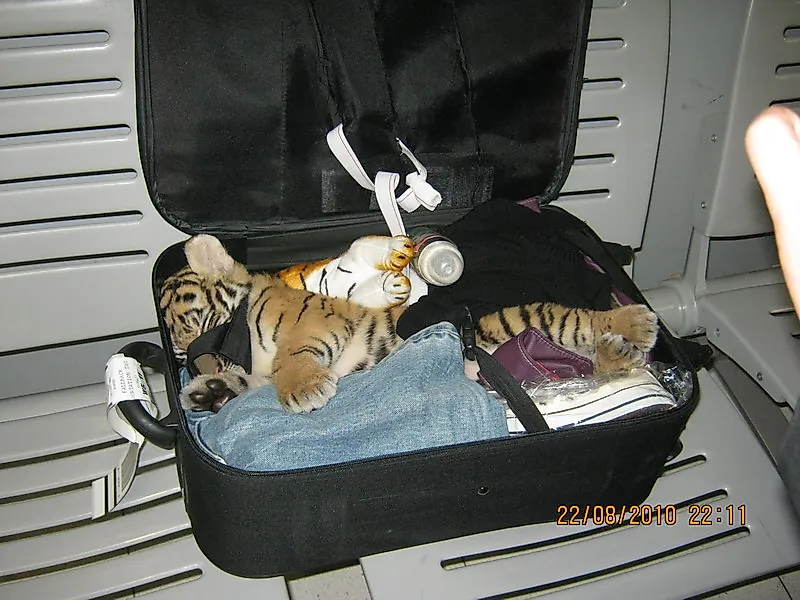
"Exotic pets are often shipped long distances before they reach their final destination, whether caught in the wild or bred in captivity on a farm. Unfortunately, as many as four out of five animals caught in the illegal wildlife trade will die in transit or within a year in captivity," mentioned Dr. Nader.
After going through such agony and terror, when an exotic pet ultimately lands in the owner's home, it is expected to be "happily forever" for the animal. However, even this belief is far from the truth.
"Wild animals must be with members of their own kind. Suffering is inevitable in captivity. It limits their normal behavior and endangers their mental and physical integrity. The exotic pets often lack adequate shelter, food, room to roam, and environmental control to keep their bodies at the necessary temperature. Life in captivity is a world apart from life in the wild," said Dr. Nader.
The Exotic Pet Trade Goes Global
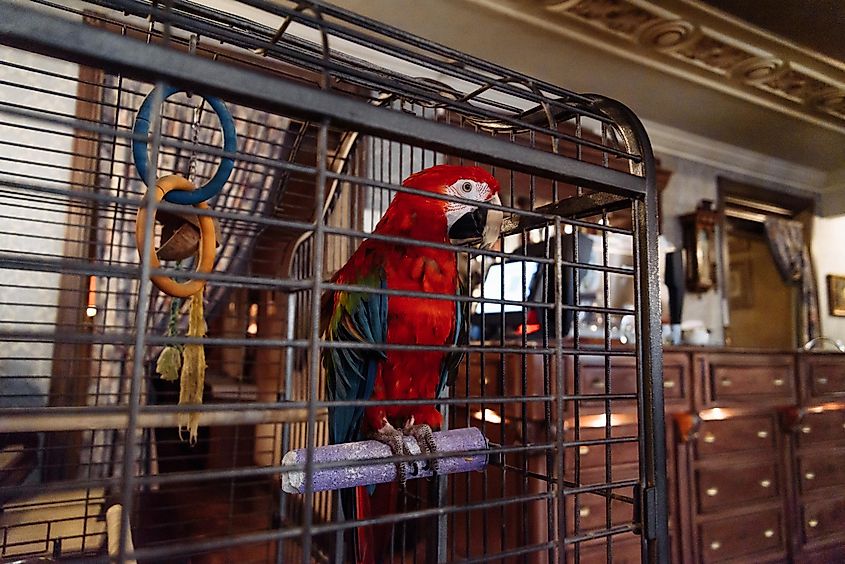
The demand for exotic pets is not new, but never before has it been at the current scale. While royals of the past across continents had filled up their palaces with tigers, lions, and elephants, today, homes across America and Europe host over 5,000 - 10,000 captive tigers and thousands of other exotic species ranging from macaws to chimpanzees, pythons, tarantulas, and more.
"The demand for wild animals as pets, sourced locally and internationally, is clearly increasing. This alarming trend is due to several factors. An increasing number of people have more disposable income to spend on pets. In many cases, it is fashionable to keep rare and exotic species. Also, in some places, keeping illegal and threatened species is considered a symbol of social status," Dr. Chris Shepherd, Executive Director of Monitor Research Conservation Society, Canada, informed WorldAtlas.
"Moreover, the trade in the majority of species traded internationally to meet the demand for pets is not adequately regulated. As such, much of the trade is unsustainable and often in violation of laws and policies in source countries," Dr. Shepherd mentioned further.
He also holds the internet accountable for facilitating the growth in international trade in wildlife for pets. The internet has made advertising, buying, selling, payment, etc., much easier, making it more difficult for law enforcement agencies to curb the trade.
Worse still, the exotic pet trade has now gone global. With the increase in purchasing power, many developing countries are also now giving in to the exotic pet trend. For example, conservationists in India are gravely concerned about the skyrocketing demand for exotic pets in the country.
"India is a growing source and demand country regarding wildlife trade. On the one hand, exotic species are being smuggled into India, and on the other, several Indian wild species are being traded outside India. Thankfully, the Indian government is in the process of amending the Wild Life (Protection) Act, 1972, to award protection to species recognized under CITES to clamp down on the burgeoning illegal trade in exotic animals," said Dr. Anish Andheria, President of Wildlife Conservation Trust (WCT), India, and one of India's leading wildlife conservationists. WCT is currently running a campaign called "Trapped In Trade" to raise national awareness on the exotic pet trade issue.
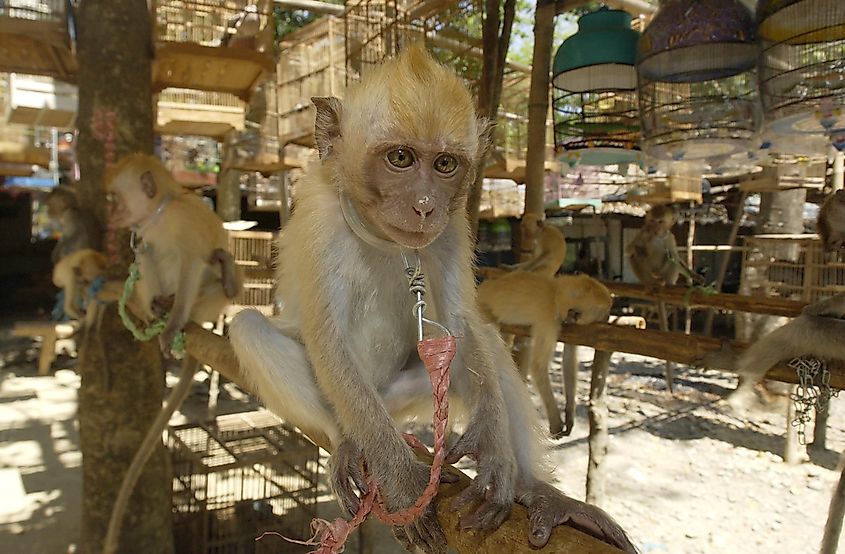
In Southeast Asia, commercial captive breeding of wildlife to cater to the demands of exotic pets is burgeoning. According to Dr. Shepherd, this practice is highly unsustainable.
"Commerical captive breeding of wildlife in Southeast Asia is often promoted as a conservation solution, but there are few, if any, examples of commercial breeding operations benefiting wild populations. In reality, these businesses profit the owners, not the species, or are simply a front used to launder wild-caught animals into the global market under the guise of being captive-bred," he said.
A Ticking Time Bomb
While the ill-treatment of animals is a major concern associated with the exotic pet trade, this trade has an even darker side, as mentioned by Dr. Andheria:
"The exotic species trade is detrimental to biodiversity in many ways. It can drastically impact populations of target species in the source country, pushing them to the brink of extinction. Accidental or deliberate release of exotic species can threaten the very existence of native species. For example, the release of pet Burmese pythons, which can grow to over 7 meters in length and can predate upon other animals, in the United States has led to a slump in populations of several native wildlife. Exotic wildlife can introduce life-threatening zoonotic diseases in native wildlife and humans, devastating the entire ecosystem. COVID-19 is a great example of what trade in wild animals can do," he said.

Dr. Andheria also points out that the illegal wildlife trade is the world's fourth largest illegal trade and is often closely connected with other black markets, such as human trafficking, trade in narcotics/ammunition, and counterfeiting money.
To add to the above, Dr. Nader mentioned the ability of wild animals to attack their owners. He considers keeping wild animals as pets dangerous as many can bite, scratch, and attack the owner, their children, or guests. Animal owners can be legally liable for any damage, injury, or disease caused by the animals they keep. He also voiced his concern about the ability of such animals to transmit life-threatening infections to humans and native wildlife like rabies, tuberculosis, herpes viruses, salmonella, polio, and tuberculosis.
Only We Can Stop It
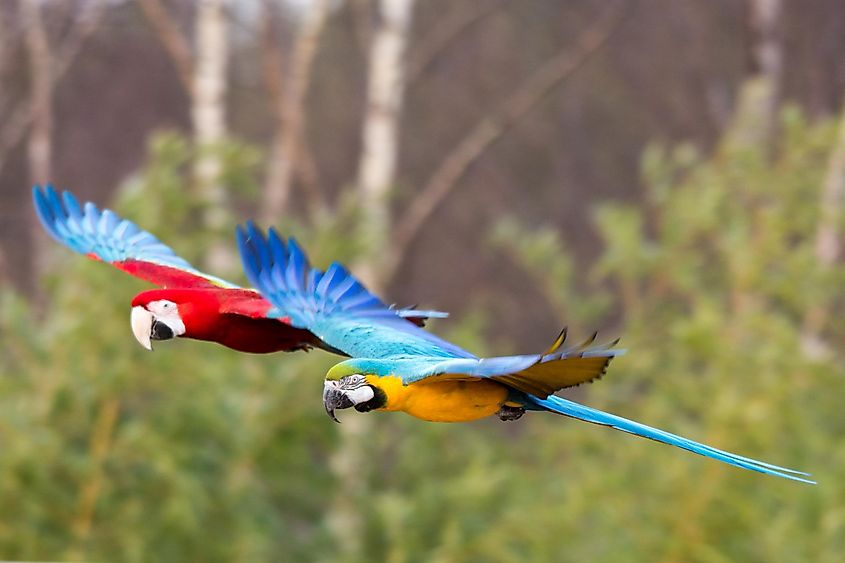
Considering all the adversities associated with the trade, a large section of wildlife conservationists and health experts discourage the purchase of exotic pets. They also call for the public and policymakers to support the formulation and implementation of stricter laws and guidelines to curb such trade on a global scale. CITES (Convention on International Trade in Endangered Species of Wild Fauna and Flora) is one such international agreement where governments of many nations have pledged to ban or regulate trade in threatened species. There is also a need for better education and training of law enforcement agencies to rescue the traded animals and punish the guilty. And there is a need for powerful campaigns like the TrappedInTrade to raise mass awareness among the public.
At the end of the day, it is the high market demand that sustains the exotic pet trade. Most often, the end users are animal lovers with no ill intention but with no knowledge of the behind-the-scenes. For those who already possess such pets, Dr. Nader has some advice:
"Wild animals should not be abandoned or placed in deplorable conditions. Suppose the owner can no longer care for a wild animal; in that case, the animal should be sent to a safe sanctuary or zoo. It should never be released in the wild so that it is not subject to predation, starvation, or disease or add to the existing invasive species problem," he said.
Thus, with all its demerits, the exotic species trade demands our immediate attention and action on the issue. With species racing toward extinction and human health at stake, the government and people of every nation must unite to take up this responsibility. We can no longer afford to ignore the cry of the animals TrappedInTrade.











